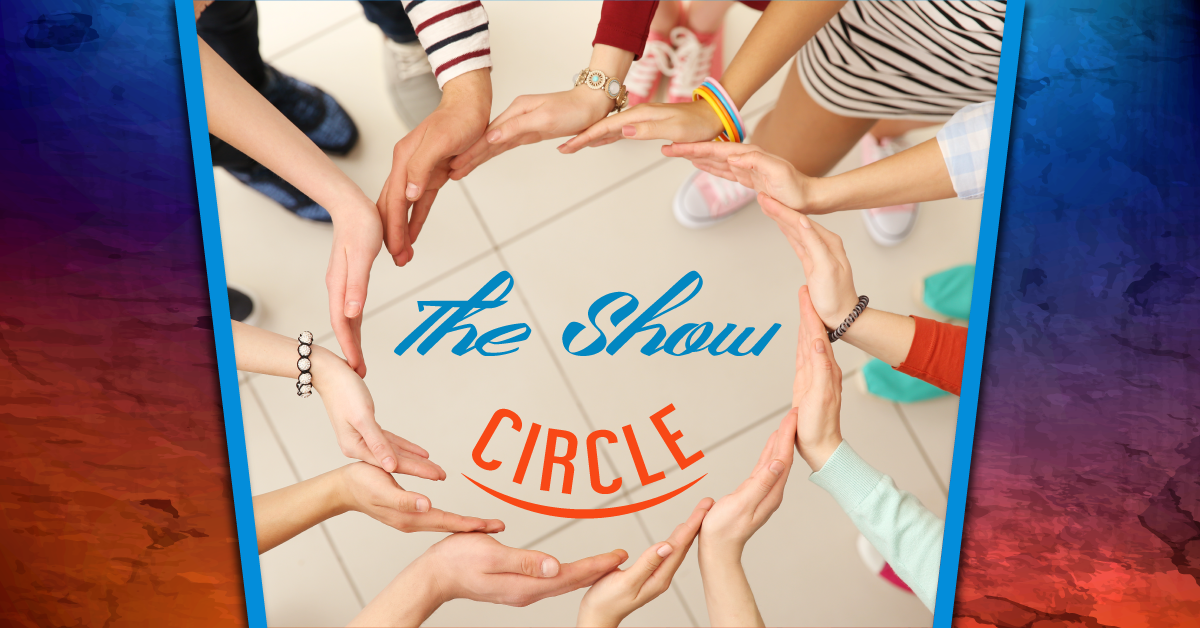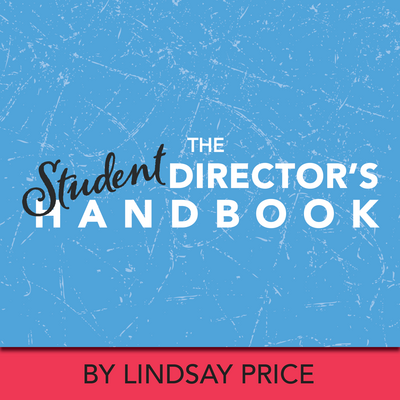The “Show Circle” and Why It’s Awesome
The “show circle” is one of my go-to theatre techniques, no matter whether I’m teaching a drama class or directing a production. Whenever it’s time for class or rehearsal to start, the first words out of my mouth are, “OK everybody, circle up!” I also use this technique to end class or rehearsal.
What is a show circle?
It’s as simple as it sounds – everyone in the room comes together in a circle. Sounds simple, right? Depending on the situation, all students can either sit or stand in the show circle, but the key word here is EVERYONE. The show circle brings the full group of students and teacher together as equals in the classroom, with a common goal (a great drama class!) and ready to learn together. Think of King Arthur and his Knights of the Round Table. The show circle encourages a sense of teamwork and camaraderie among the group, and every member of the class is necessary to make the circle truly whole.
The show circle is a fantastic way to create community in the drama classroom.
First, it creates a sense of familiarity. Students know that once the show circle is called, it’s time to begin. By creating this ritual every day with students, they know it’s time to transition into “drama class brain” and start ancticipating the lesson at hand.
Second, it’s a multi-purpose technique. You can use show circles at the beginning of class to:
- Check in with students and see how they’re feeling
- Explain the lesson for the day
- Begin many different warmup or improv games (for brainstorming ideas)
- Create a makeshift “theatre in the round” playing space.
Show circles can also be used at the end of class to:
- Check back in with students and reflect on that day’s lesson
- To assign homework
- To impart any final words of wisdom to the class.
Show circles are especially useful if your students are doing a performance (whether that be in class or as an extracurricular production). Before the performance, gather the full group together. This can be done onstage or backstage. Assemble everyone in a circle. Start with various vocal warmups, like tongue twisters, scales, humming, and sighing. Once students are warmed up vocally, have everyone hold hands, link arms, or stand together shoulder to shoulder so they can be physically linked to each other. Lead the group in a breathing exercise where everyone breathes in together, then out together. Repeat as much as you’d like. Once everyone is breathing together in sync, pump your students up with words of encouragement. Remind them that while they are performing together, they are a team, and they need to think like a team so they can succeed as a team. Your class might have a cheer or chant that they use to get themselves energized for the performance – this is definitely the place to use it!
The most important thing to remember and respect about the show circle is that it’s a place of positivity. Show circles are not the place to critique or give notes – leave that for a different time in the class, or give notes individually or in a rubric. The show circle is a place for raising energy, getting focused, sharing thoughts and feelings, and coming together. Drama classes are very collaborative in nature, so creating a safe space like the show circle (where students can come together as a team) is invaluable.
The Student Director's Handbook
by Lindsay Price
Help students take their show from first audition to opening night with The Student Director’s Handbook. This easy-to-use ebook is full of guidelines, tips and templates designed to help students create a vision, circumvent problems and organize rehearsals on their way to a successful production.
The Rehearsal Companion
by Kerry Hishon
You’ve chosen the play, paid the royalties, done the script analysis, held your auditions, and cast the show. Tomorrow is the first rehearsal. Are you ready? Really ready? The Rehearsal Companion can help!





